As a passionate driver, I know the importance of choosing the right tires for optimal performance and safety on the road.
In this post, we will delve into the intriguing world of tire brands, specifically Nokian vs Toyo.
By examining their history, dry and wet performances, snow capabilities, mileage warranties, average lifespan, prices, and weighing the pros and cons, we will determine which brand reigns supreme.
Buckle up, because this comparison is about to get interesting!
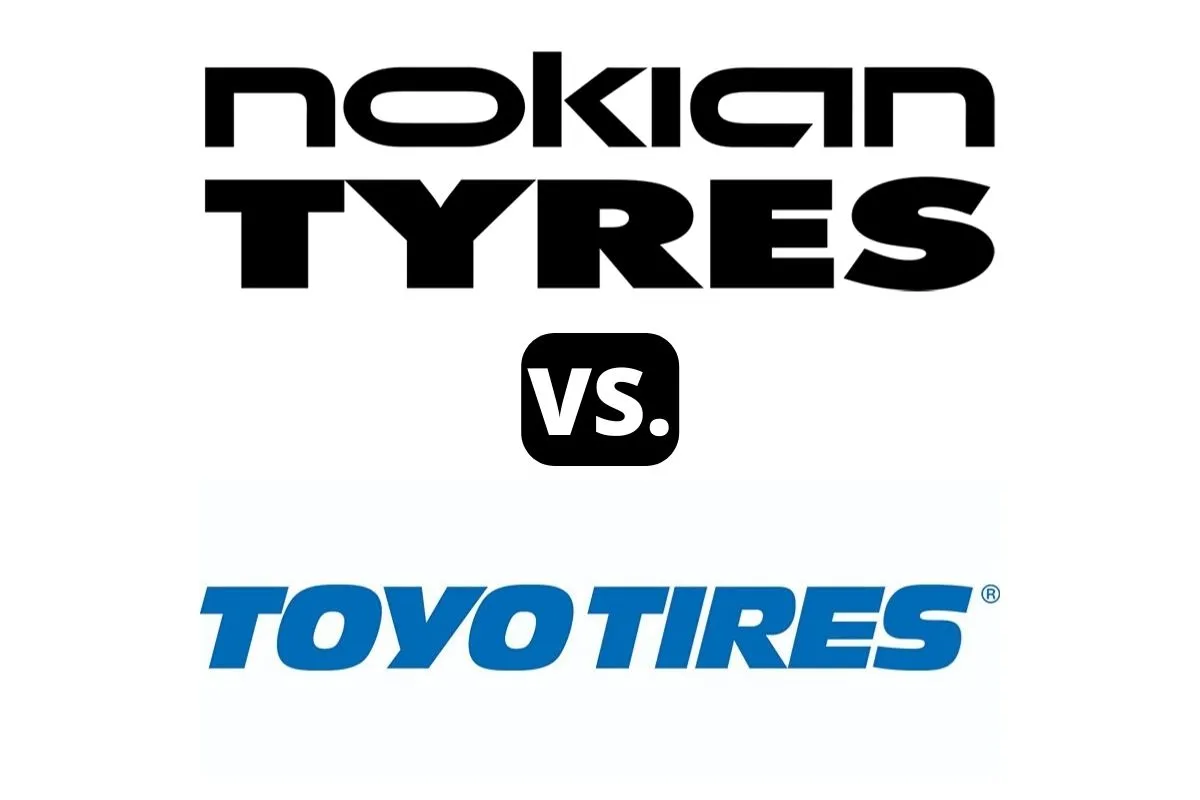
Nokian vs Toyo – Comparison Table
| Nokian | Toyo | |
| Country of Origin | Finland | Japan |
| Year Founded | 1988 | 1945 |
| Made In | Finland and Russia | Japan, Malaysia or the United States |
| Parent | Nokian Tyres plc (Finland) | Toyo Tire Corporation (Japan) |
About the Brands

1. Nokian
Nokian Tyres, a renowned tire brand, was founded in Finland in 1988 and is currently a subsidiary of Nokian Tyres plc.
With a rich history spanning over three decades, Nokian has established itself as a leading global tire manufacturer.
The brand’s commitment to innovation and high-quality products has earned it a strong reputation in the industry.
Nokian is particularly known for its expertise in winter tires, thanks to its Finnish roots and the country’s demanding weather conditions.
The brand’s tires are designed to provide exceptional grip, safety, and durability in harsh winter conditions, making them popular worldwide.
Nokian’s continuous research and development efforts have resulted in numerous breakthroughs, including the introduction of unique technologies and eco-friendly materials in their tire manufacturing processes.
Today, Nokian Tyres continues to deliver cutting-edge tire solutions, catering to diverse customer needs across different regions.
Mostly Known for Manufacturing Tires For:
- Passenger cars
- SUVs (Sport Utility Vehicles)
- Vans
- Light trucks
- Heavy machinery
2. Toyo
Toyo Tire Corporation, a renowned Japanese brand, has a rich history dating back to its establishment in 1945.
Founded in Japan, Toyo has grown to become a leading global tire manufacturer.
Operating under the parent company Toyo Tire Corporation, they have built a reputation for providing high-quality tires for a diverse range of vehicles.
Over the years, Toyo has developed advanced tire technologies and innovative designs to meet the evolving needs of drivers around the world.
With a strong commitment to performance, safety, and durability, Toyo has become a trusted choice for drivers seeking reliable tires.
With its Japanese heritage and global presence, Toyo continues to push the boundaries of tire engineering, ensuring exceptional performance and driving experiences for customers worldwide.
Mostly Known for Manufacturing Tires For:
- Passenger cars
- Light trucks
- SUVs (Sport Utility Vehicles)
- High-performance cars
- Luxury cars
- Family cars
- Trucks
- Buses
Differences
1. Dry Performance
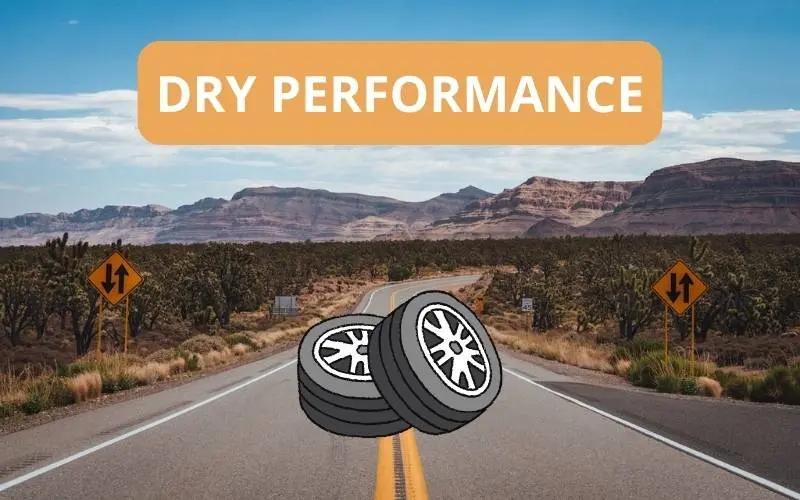
I’m going to compare the performance of two summer tires as they are the ideal type in dry weather.
I’m taking a look at the Nokian zLine vs the Toyo Proxes R1R.
Based on my evaluation, I would rate the Nokian zLine’s dry performance at 4.2 out of 5.
It impresses with precise handling, good dry traction, and a sporty feel.
However, after considering the Toyo Proxes R1R, which I rate at 4.4, it becomes evident that the Toyo tire offers exceptional dry traction and handling.
Its arrowhead tread design, high-grip compound, and block stiffness during aggressive braking set it apart.
Therefore, I declare the Toyo Proxes R1R as the better tire for dry performance.
2. Wet Performance
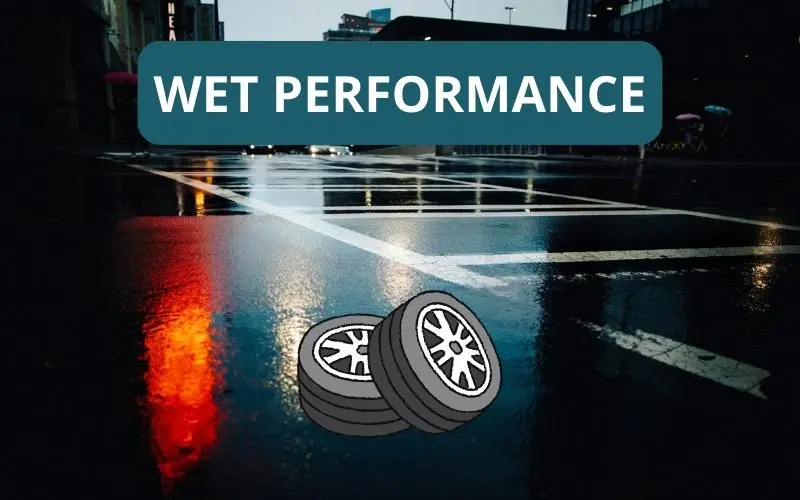
For the wet performance, I’ll be comparing the Nokian WR G4 vs the Toyo Proxes Sport A/S.
Based on my research and personal wet performance rating, both the Nokian WR G4 and Toyo Proxes Sport A/S tires score a commendable 4.6 out of 5.
The Nokian WR G4 tire offers excellent wet grip and cornering stability, thanks to its all-weather design and asymmetric tread pattern.
On the other hand, the Toyo Proxes Sport A/S tire excels in wet braking and demonstrates reliable performance on wet roads.
Therefore, it’s difficult to declare a clear winner as both tires provide similar levels of wet performance, making it a tie.
3. Snow Performance
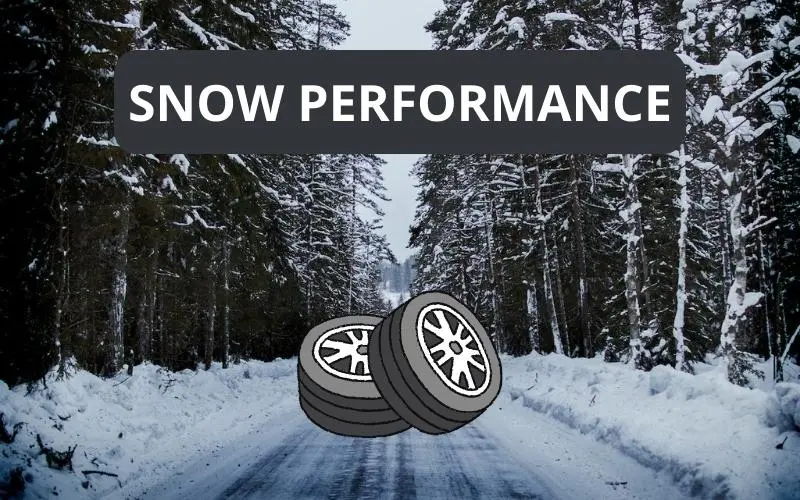
We all know that you need dedicated winter tires if you’re going to be driving on harsh winter conditions.
That’s why I’ll be comparing the snow performance of two specialized winter tires – Nokian Hakkapeliitta R5 vs Toyo Observe GSi-6.
Having personally rated the Nokian Hakkapeliitta R5 tire’s snow performance at 4.8 out of 5, I find it to be highly reliable.
Its Double Block Grip design enhances grip and traction, providing uncompromised and predictable performance.
Furthermore, its eco-friendliness is commendable.
On the other hand, the Toyo Observe GSi-6 tire received a snow performance rating of 4.5 out of 5.
Its Microbit studless technology, serrated stability ribs, high-grip silica compound, aggressive tread design, and good snow performance contribute to its reliability.
Ultimately, the Nokian Hakkapeliitta R5 emerges as the superior choice, albeit by a narrow margin.
4. Mileage Warranty and Tread Life
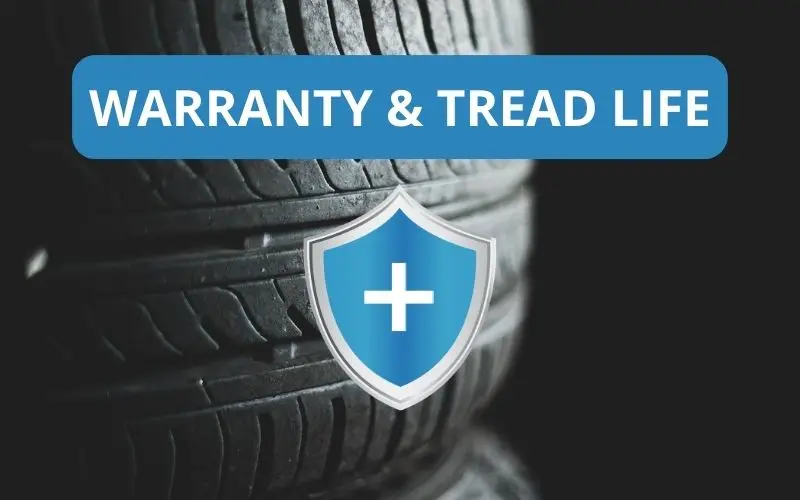
| Nokian | Toyo | |
| Treadwear Warranty | up to 80,000 miles tread life warranty | up to 65,000 miles tread life warranty |
| Average Tread Life | The lifespan of Nokian tires can vary but on average they can last anywhere between 40,000 to 85,000 miles. | The actual lifespan of Toyo tires can range from 40,000 to 60,000 miles. |
Based on my research, the Nokian tires come with a mileage warranty of up to 80,000 miles, while the Toyo tires have a warranty of up to 65,000 miles.
On average, Nokian tires can last between 40,000 to 85,000 miles, providing a wide range of longevity.
On the other hand, Toyo tires generally have an average lifespan of 40,000 to 60,000 miles.
Therefore, Nokian tires offer a slightly longer mileage warranty and a potentially longer average lifespan compared to Toyo tires.
5. Prices

In this section, I’ll be taking a look at the price ranges of both tire brands – Nokian vs Toyo.
I’ll be using one of the biggest tire and wheel retailers in the US for this comparison – Discount Tire.
Here is a comprehensive table that showcases each brand has to offer:
| Nokian | Toyo | |
| Average Price Range (Discount Tire) | $73 to $585 /ea | $82 to $1,030 /ea |
| Cheapest Tire (Discount Tire) | Nordman 7 goes from $73 – $177 /ea | Extensa HP II goes from $82 – $253 /ea |
| Most Expensive Tire (Discount Tire) | Hakkapeliitta 10SUV goes from $173 – $696 /ea | Open Country M/T goes from $297 – $1,030 /ea |
6. Pros and Cons
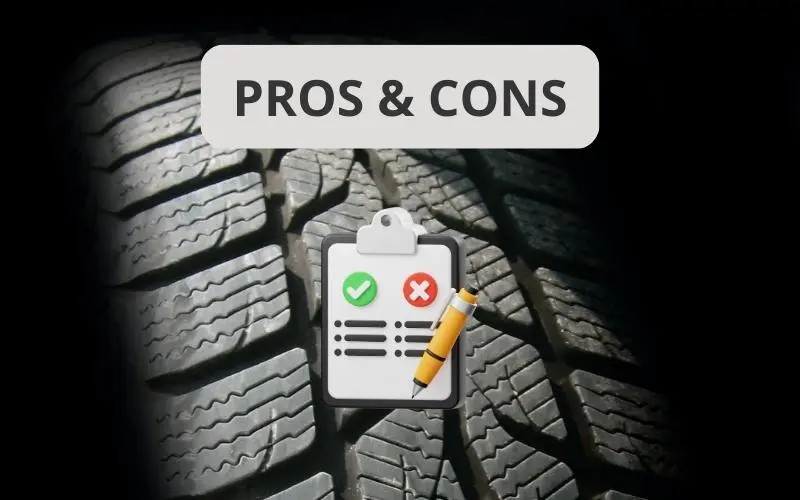
Nokian
| Pros | Cons |
| ✔ Your go-to brand for winter tires and only tire manufacturer in the world with its own permanent winter tire testing facility | ❌ Limited market presence |
| ✔ Wide range of tire options for different types of vehicles, including cars, trucks, buses, and heavy-duty equipment | |
| ✔ Innovative technology, such as the Hakkapeliitta R3’s “Aramid Sidewall Technology,” which uses the same material used in bulletproof vests |
Toyo
| Pros | Cons |
| ✔ Generally considered to be of high quality, offering durability and reliability | ❌ Some of their tires can get expensive |
| ✔ Toyo offers a wide range of tire options for different types of vehicles and driving needs, including all-season, summer, and winter tires | |
| ✔ Excellent traction and handling in rugged terrain |
7. Popular Tires

Here are some notable tires from Nokian:
- Hakkapeliitta R3
- WR G4
- Rotiiva AT Plus
Some of Toyo’s best tires are shown below:
- Proxes Sport
- Open Country A/T III
- Extensa A/S II
Which Is the Better Brand Overall?
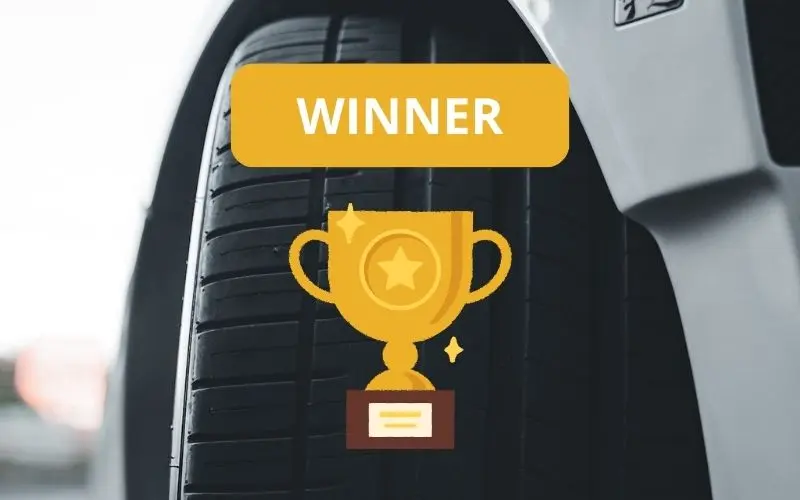
After carefully evaluating the dry performance, the Toyo Proxes R1R emerges as the better choice.
For wet performance, both the Nokian WR G4 and Toyo Proxes Sport A/S tires score equally well.
In terms of snow performance, the Nokian Hakkapeliitta R5 takes a narrow lead.
When considering mileage warranty and average lifespan, Nokian tires offer a slight advantage.
Therefore, considering all the factors, I declare Nokian as the better pick overall, with its impressive winter tires and innovative technology.